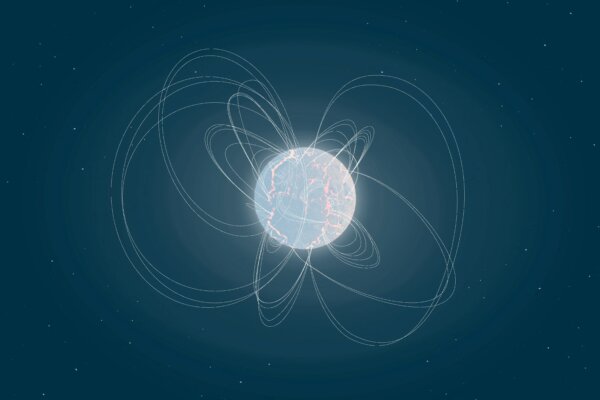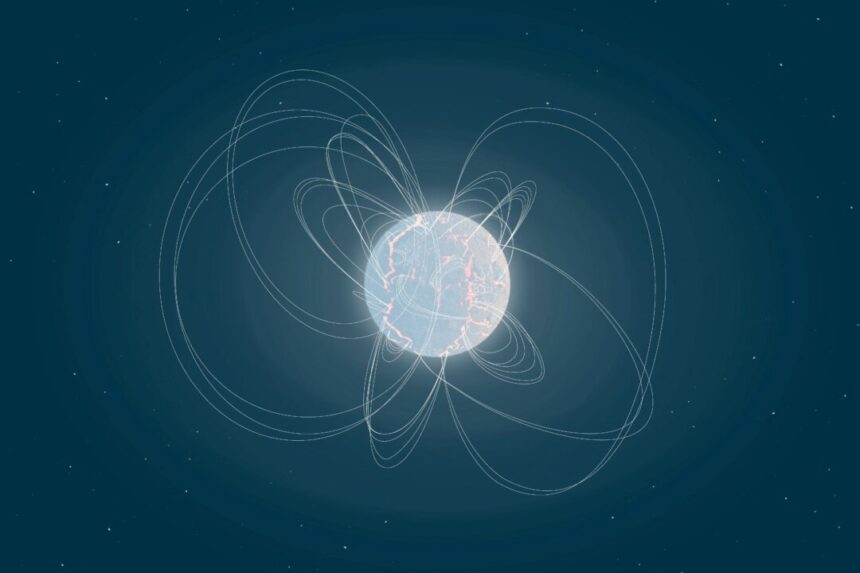
WASHINGTON—Magnetars are a type of neutron star with incredibly strong magnetic fields, making them one of the most extreme objects in the universe. Periodically, these magnetars produce massive gamma ray eruptions, releasing energy in a nondestructive yet powerful way.
Recently, scientists identified the most distant giant flare ever observed from a magnetar located in the galaxy Messier 82, also known as M82. This burst of gamma rays, the most energetic form of light, emitted in just a fraction of a second the amount of energy that our sun would release over thousands of years.
Only a few giant flares have been witnessed in our galaxy, with the most recent occurring in 2004 and 1998. Additionally, there was one observed in a neighboring galaxy, the Large Magellanic Cloud, in 1979.
“Giant flares are incredibly rare events,” said lead researcher Sandro Mereghetti from Italy’s National Institute for Astrophysics (INAF). “While the Milky Way has numerous magnetars, only a few have been known to produce giant flares.”
M82, located 12 million light-years away in the Ursa Major constellation, is home to the most distant giant flare ever detected. Despite its distance, it was not the most energetic flare observed. The 2004 flare had energy equivalent to a million years of the sun’s output.
Although events like supernova explosions and gamma-ray bursts are more energetic, they involve destruction unlike giant flares. Neutron stars are formed when massive stars collapse, compressing their mass into a city-sized sphere.
What sets magnetars apart is their incredibly strong magnetic fields, thousands of times more powerful than a typical neutron star. These magnetic fields play a crucial role in generating giant flares.
The magnetar in this study is believed to rotate rapidly, possibly completing a rotation every few seconds. The flare was detected by the Integral space observatory on Nov. 15, 2023, in the active star-forming galaxy M82.
“The high rate of star formation in M82 was key to our discovery,” said researcher Michela Rigoselli. “In such active galaxies, the presence of young, massive stars that evolve into supernovae and neutron stars makes it more likely to detect a magnetar giant flare.”
By Will Dunham






